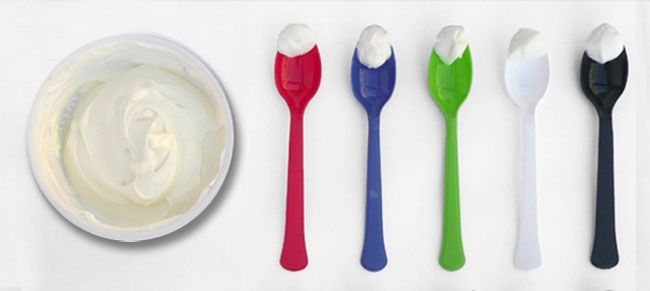In Stop and Smell the Roses Katja van Zelst enlightened us about the role of smell in appreciating food. In the second delivery about Senses in the Kitchen, we explore the sense of taste.
A mouth has a million taste receptor cells, which generate and mediate messages to the brain. Each receptor's taste hair responds best to one of the basic tastes - sour, sweet, bitter, salty and umami (salts of certain acids). This is what science calls taste. So what is going on when you taste something? Actually it’s flavor perception: the sum of taste, aroma, texture and visual presentation.
According to Dr Alan Hirsch of the Taste Treatment and Research Foundation in Chicago, 90% of what is perceived as taste is actually smell. Some experts believe that roughly four in five taste disorders are really smell disorders. Eating disorders also influence flavor perception, and scientists have found that former anorexics taste food differently. What you eat can temporarily tweak your sense of taste, too.
New research by Oxford University, published in the journal Flavour, casts light on the unlikely subject of cutlery in the flavor experience. Experimental psychologists working in the university's cross-modal research lab run by Charles Spence, have found that using different types of cutlery can alter taste perception.
Some of the findings: Cheese eaten off a knife tastes saltier than off a fork. And yoghurt consumed via color-contrasted cutlery makes it less sweet. When, for example, pink yoghurt is eaten with a blue spoon, it doesn't taste as sweet as it does with a pink spoon. The weight of the spoon matters, too. Previous research has shown that the attributes of heavy porcelain bowls are transferred to the food inside, which is consequently rated as denser, more expensive and more likable. In the cutlery experiment, however, the heavier spoon was made to look just like a lightweight plastic spoon the subjects had also tasted yoghurt from. Presented with a spoon that was unexpectedly three times heavier than it looked, says the study, the subjects rated the food as "the least dense, least expensive, and as one of the least liked". This had led the researchers to conclude that it's not the actual weight of the bowl or spoon that is transferred to the food, but rather the expected weight. However, oddly, the heaviest spoons made food taste sweeter.
So what is going on when you taste something?
Renowned chef Ludovic Lefebvre and author of Crave: The Feast of Five Senses warns against trying to capture a particular taste, pointing out that “flavor is like emotion; it is better experienced than described”.

Sources: sciencedirect.com, Crave: The Feast of the Five Senses by Ludovic Lefebvre, flavourjournal.com
By Claudia Schalkx
Claudia is a multilingual consultant fluent in Spanish, English, Italian, and Dutch with over 25 years international experience in communications, public relations & marketing. She was born in Venezuela from Dutch parents, has lived and worked in Venezuela, Colombia, Curacao, St. Maarten, USA, Italy and The Netherlands where she resides. She is Colors Chief Editor. Her duties include content selection, revision & editing, finding and attracting collaborators, and identifying new business opportunities for Liberty Publications. More info
Pictures: Flavour journal
More Cuisine articles /
Do you wish to write for Colors?





